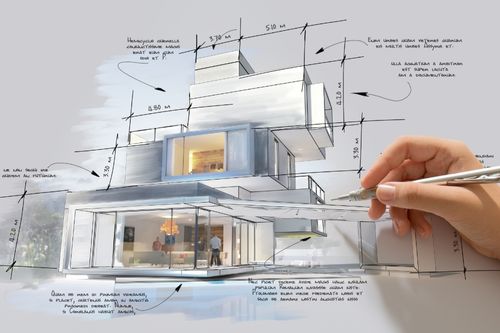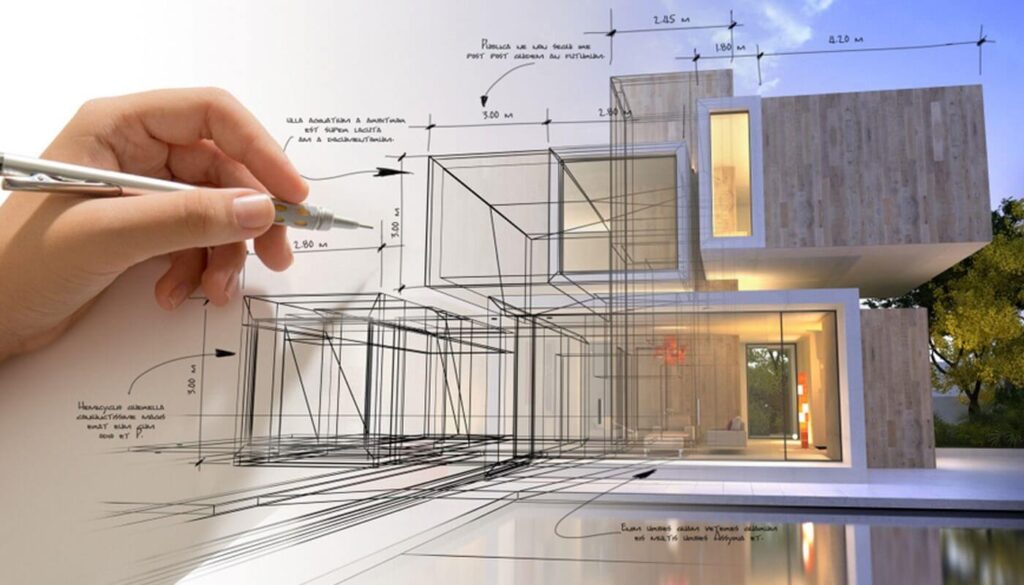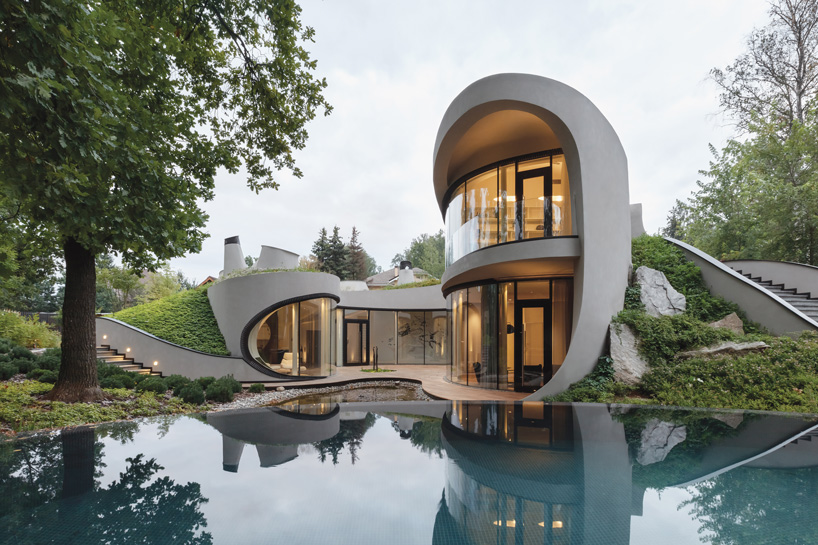A Comprehensive Summary of Building Designs and Their Impact on Modern City Preparation and Development
Building designs have actually long served as a mirror to the social worths and technical innovations of their time, playing an important function in forming modern city planning and growth. From the magnificence of Neoclassicism to the practical method of Brutalism, each design has presented unique principles that influence city looks and functionality.
Historic Overview of Architectural Styles

As cultures transitioned with the Center Ages, Gothic design emerged, defined by its verticality and intricate outlining, matching the spiritual aspirations of the age. The Renaissance marked a rebirth of classic ideals, merging art and architecture in ingenious manner ins which influenced succeeding styles throughout Europe.

Today, architectural designs remain to develop, driven by globalization and sustainability problems, reflecting a vibrant interplay in between heritage and innovation. This historic review emphasizes the relevance of design as a mirror of social advancement and as a catalyst for city advancement.
Secret Architectural Styles Explained
The diversity of building styles shows the myriad influences that form our built environment, each personifying unique features and cultural significances. Key architectural styles consist of Timeless, Gothic, Baroque, Modernism, and Postmodernism, each standing for distinct historical contexts and visual ideologies.
Timeless architecture, rooted in ancient Greece and Rome, stresses balance, percentage, and the usage of columns (cda architects). On the other hand, Gothic architecture, thriving between Ages, is defined by sharp arches, ribbed safes, and flying buttresses, developing an aerial high quality in basilicas. Baroque design, emerging in the 17th century, is noted by grandeur, intricate embellishment, and a vibrant interplay of light and shadow
Innovation, which acquired momentum in the very early 20th century, focuses on function over type, using new materials like steel and glass to develop minimal frameworks. Postmodernism, responding against the austerity of Innovation, welcomes eclecticism and historical recommendation, usually integrating lively components and irony.

Influence On Urban Planning
In forming the advancement of cities, architectural designs significantly influence metropolitan preparation choices. The choice of architectural design typically dictates the visual appeals, functionality, and overall character of urban environments. Innovation, with its focus on minimalism and capability, motivates open spaces and the integration of technology, forming city formats that prioritize effectiveness and accessibility. On the other hand, typical designs might emphasize historical conservation, bring about urban designs that keep cultural heritage and promote pedestrian-friendly atmospheres.
Furthermore, architectural styles can affect zoning policies and land make use of plans. Urban coordinators should consider the prevailing building fads when designing districts, making certain that new advancements integrate with existing structures. This consideration cultivates cohesive urban landscapes and boosts area identity.
The implementation of particular building styles can additionally influence socioeconomic variables within a city. High-end modern layouts may draw in why not try this out wealthy citizens and companies, leading to gentrification, while much more affordable housing services may focus on useful and lasting styles to suit varied populaces. cda architects. Eventually, the interaction between architectural styles and city planning produces vibrant cities that reflect both historical context and contemporary requirements, shaping the lived experiences of their occupants
Sustainability and Modern Architecture
Building styles play a pivotal function in addressing contemporary obstacles, specifically in the world of sustainability. As city locations increase and ecological problems magnify, modern style progressively embraces sustainable layout concepts that focus on power effectiveness, resource conservation, and very little eco-friendly influence.
Contemporary building activities, such as biophilic design and environment-friendly design, supporter for frameworks that integrate with their environments, making use of natural materials and advertising biodiversity. These designs usually incorporate renewable resource resources, such as solar panels and wind generators, to minimize dependence on nonrenewable fuel sources and lower carbon footprints.
Furthermore, the combination of advanced technologies, such as wise building systems, enhances energy management, enhancing resource usage while making sure owner comfort. Cutting-edge water administration approaches, including rain harvesting and greywater recycling, further contribute to lasting metropolitan settings.
Especially, sustainability prolongs past ecological concerns; it incorporates social and economic dimensions. By promoting neighborhood well-being and advertising inclusivity, modern building styles line up with sustainable development objectives. Subsequently, the evolution of building techniques continues to form resistant cities that not only fulfill the requirements of the here and now however also guard the future for generations to come.
Neighborhood Involvement in Style
Neighborhood involvement in layout acts as a crucial bridge between engineers and the populations they offer, making certain that the built atmosphere mirrors the requirements and aspirations of its customers. This collaborative procedure welcomes community members to contribute their insights and choices, promoting a feeling of possession and duty toward the spaces they live in.
Efficient area interaction uses different techniques, such as workshops, surveys, and public online forums, to gather diverse perspectives. These strategies help with a two-way dialogue, permitting engineers to comprehend regional contexts while equipping locals to articulate their concerns and needs. This inclusivity not important source just enhances the design quality yet additionally advertises social equity by resolving the special difficulties dealt with by marginalized groups.
Additionally, neighborhood engagement can original site result in cutting-edge services that may not emerge in a traditional design process. By incorporating local understanding and cultural worths, engineers can create areas that reverberate even more deeply with individuals, boosting functionality and sustainability. Eventually, prioritizing area involvement in layout processes leads to settings that nurture social communications, assistance health, and reinforce area ties, therefore playing a crucial duty fit modern-day city landscapes.
Verdict
Building designs have greatly affected modern city planning and growth, mirroring progressing cultural and technological contexts. The integration of historical aesthetic appeals with contemporary demands fosters metropolitan atmospheres that prioritize sustainability and neighborhood involvement. As cities remain to expand and adjust, the recurring dialogue between architectural heritage and modern design concepts will remain crucial in producing comprehensive, lively areas that boost lifestyle and advertise social equity. The future of metropolitan growth hinges on this unified balance.